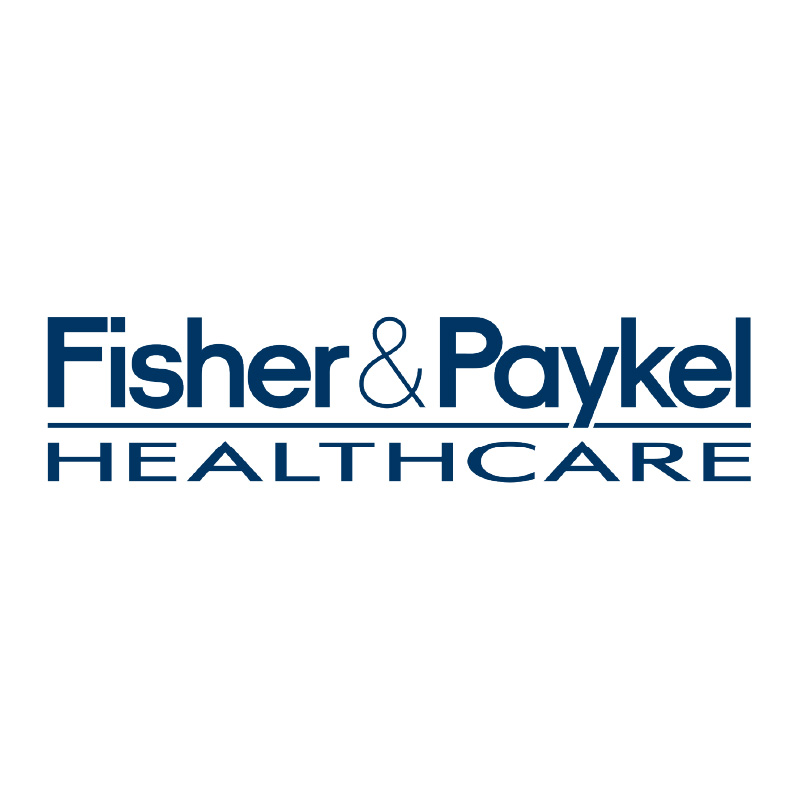Fisher & Paykel Healthcare recently announced its half-year results: net profit after tax is up 12% over the first half of the previous financial year in constant currency. The company estimates that in its last financial year, its products were used to treat approximately 20 million patients around the world.
Now, Fisher & Paykel Healthcare is investing in land, facilities, and R&D to lay a foundation for future growth. TIN caught up with the team at F&P to discuss lessons learnt from the pandemic and their current priorities.
What have been the highlights for F&P Healthcare this year?
Our success depends on research, development, testing, and releasing new products to the market, so we are always thrilled when we achieve product milestones.
During this calendar year, we received regulatory clearance to sell our F&P 950™ System in the United States. This follows on from the approval for our F&P Airvo™ 3 used for high flow therapy. We also launched a new mask for treating obstructive sleep apnea – the F&P Solo™ mask – and are excited to see how it’s received by our customers.
We also reached some critical infrastructure milestones. We formally opened our third facility at our campus in Tijuana, Mexico, as well as a new facility in Guangzhou, China, and we purchased a large tract of land for a second New Zealand campus.
What business lessons did you learn during the peak of the pandemic that you’re carrying forward – and is there any technical innovation that emerged out of that period?
Operating during a demand surge reinforced the importance of our supply chain and distribution networks and the ability to scale up on short notice. We are now manufacturing our products in multiple geographic locations – New Zealand, Mexico, and China. This distributed manufacturing model gives us access to a larger number of suppliers and alternative sources of raw materials, so that we can cope with future surges in demand.
One side effect of the pandemic was the increased awareness of our products worldwide. Our Optiflow high flow therapy became the frontline treatment used to treat patients in hospitals. Since then, it has been recognised as a leading treatment for other respiratory conditions.
You mentioned your new products, like the F&P Solo mask for obstructive sleep apnea. How long does it take to get a product like that to market? Could you walk us through the whole process?
It often takes 10 to 15 years to design a new product and take it to market. Our process starts with research, development and prototyping, followed by clinical testing and improving the product. In order to produce at scale, we have to refine the manufacturing process. As with all medical devices, our products also have to go through a rigorous process to obtain regulatory clearances before our marketing and sales team can launch them. It helps to have good hospitals like Middlemore nearby, so we can get feedback from clinicians using our products to treat patients.
Your employees recently got to share in a $4m profit-sharing scheme. You employ a vast number of people both here and offshore – what’s the company’s approach to attracting and retaining quality talent?
We employ more than 3,000 people at our Auckland campus, and we do offer good benefits, like profit-sharing, subsidised meals, discounted insurance and free onsite parking. However, we think one of the most attractive things about working for F&P is the opportunity for career growth. We encourage internal promotions, and our people can apply for roles in locations all around the world.
In New Zealand, one of the ways we find talented people is through our internship and graduate programmes. We recently welcomed 142 interns who are working in our business over the summer.
What is Fisher & Paykel Healthcare’s approach to environmental, social and governance (ESG) considerations?
We want Fisher & Paykel Healthcare to be a thriving business over at least the next 100 years. In order to achieve our purpose of improving care and outcomes for patients around the world, we have to look after our people, suppliers, customers and the environment. And we know that if we look after all these different aspects, we will continue to deliver strong financial performance.
If we are financially successful, we can continue to be a major contributor to healthcare and to our communities – by paying taxes, providing employment, and returning a portion of profits to our shareholders as dividends. So, we see corporate social responsibility and sustainability as inextricably linked to the way we do business.

